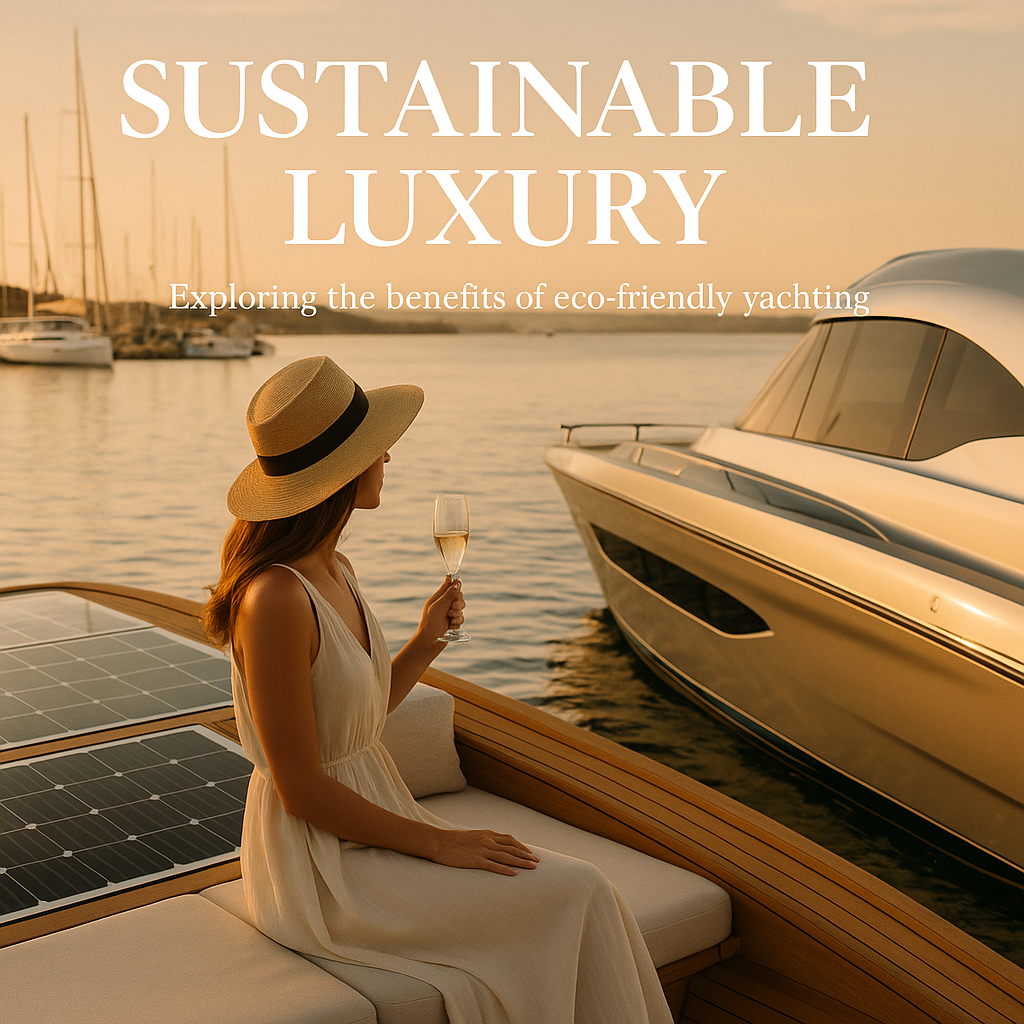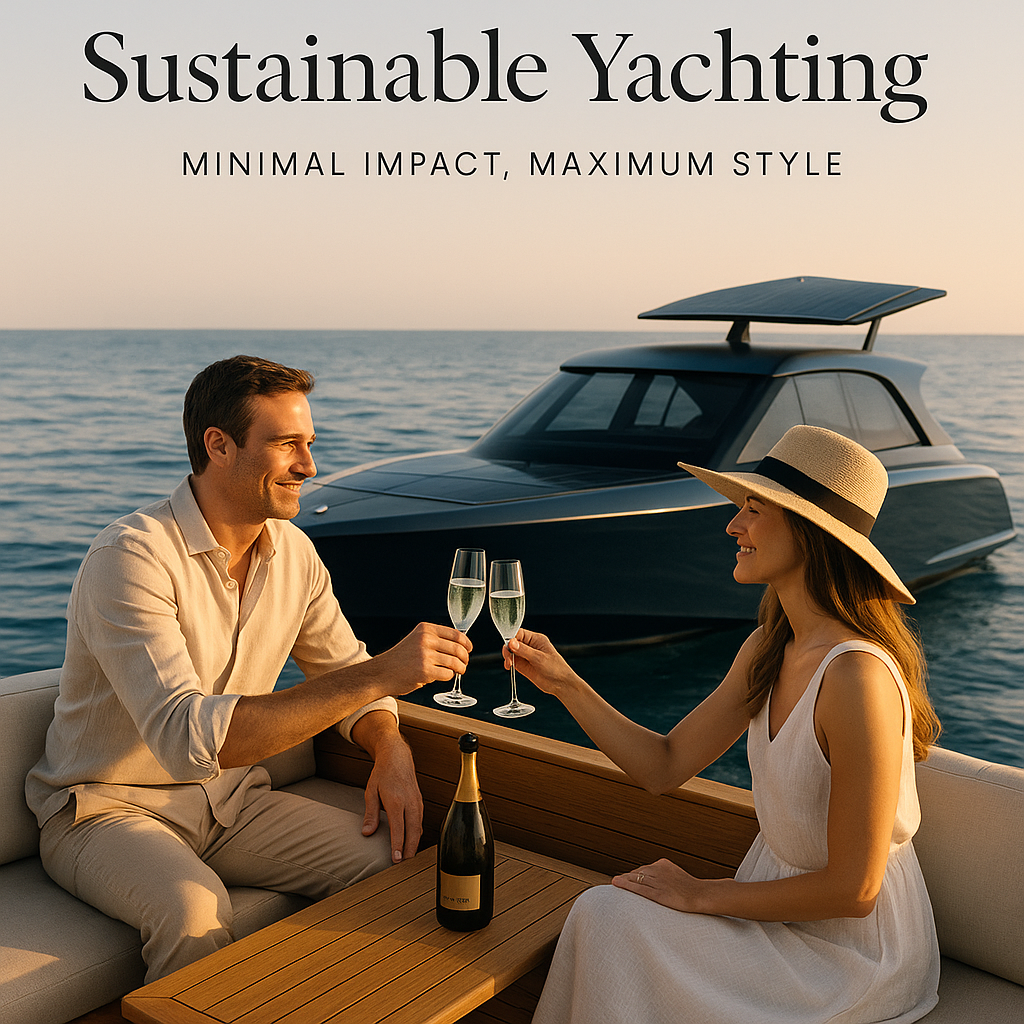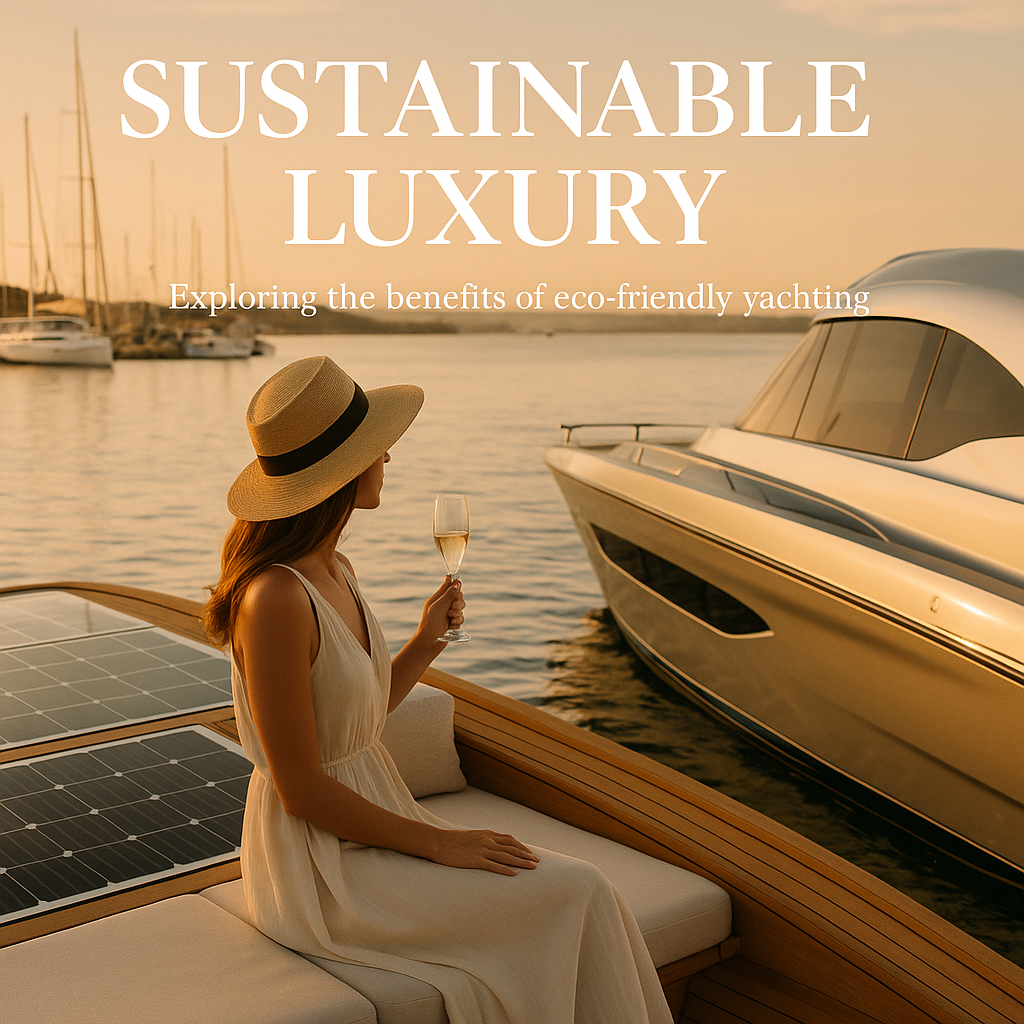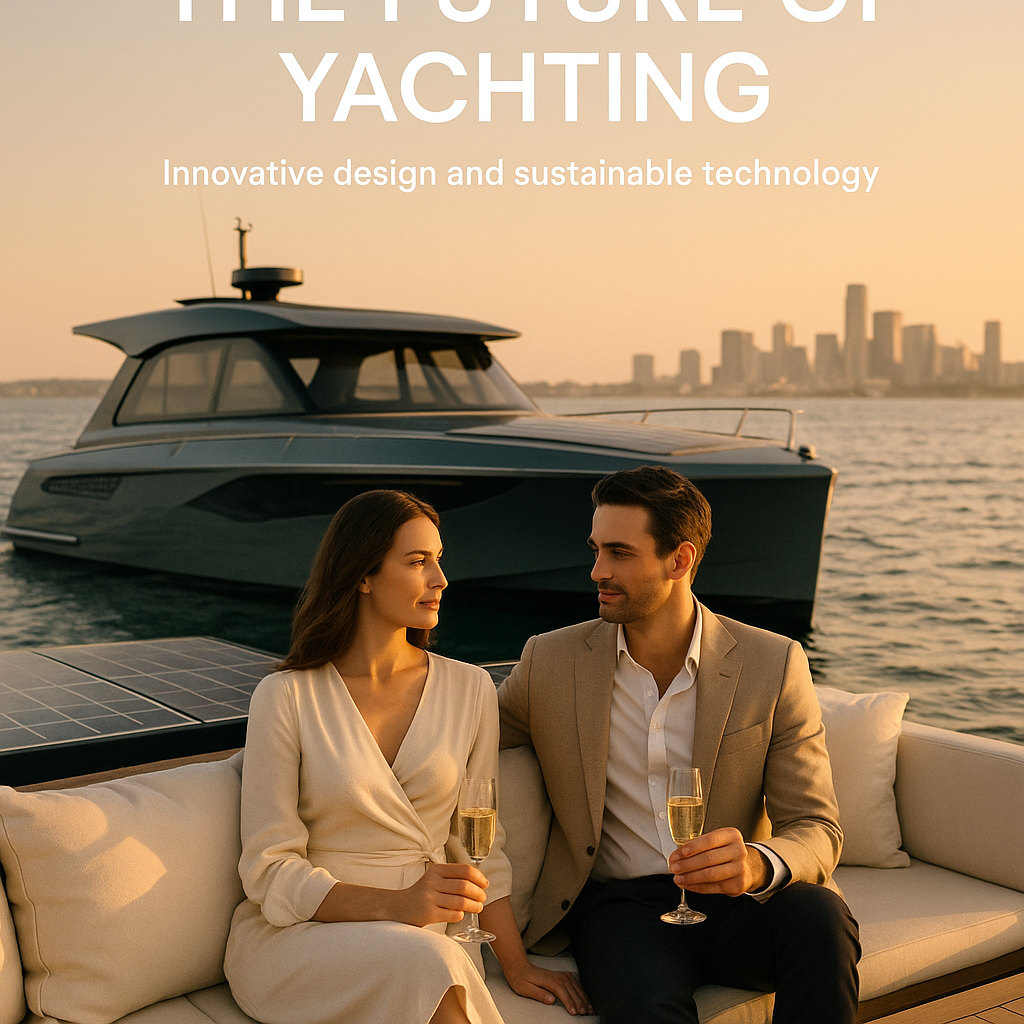Electric Yacht Tenders: Quiet Power

Imagine the quiet
Imagine slipping into a fjord at dawn and hearing nothing — no clanks, no diesel coughs, no mystery seagull-or-neighbour engine noises. Just glassy water, dozing guests, and you, looking like the Bond villain who went green. Welcome to the electric tender era: quieter, cleaner, and undeniably smug in the best possible way.

What is an electric yacht tender?
An electric yacht tender is your mothership’s polite shuttle — same purpose, better manners. Replace the diesel heart with electric motors and battery packs and you get a craft perfect for:
- Guest transfers with minimal wake and zero diesel smell
- Shore excursions and coastal sightseeing
- Light towing for water sports when the powertrain suits the task
- In some designs, temporary hotel-power support for the mothership at anchor
Why go electric?
Near-silent operation, virtually zero local emissions, and far fewer oily surprises in the bilge. Short version: quieter trips, cleaner harbors, and happier guests — plus fewer awkward conversations about fuel stains.
Why owners are switching: the top advantages
- Quiet, discreet operation: Conversations, naps, or whispered plot twists remain undisturbed.
- Zero local emissions: No exhaust, no particulates, no routine oil changes.
- Lower operating and maintenance costs: Fewer moving parts and cheaper energy per mile.
- Futureproofing and compliance: Marinas and protected areas are tightening rules — get ahead.
- Multi-role capability: Some tenders can supplement hotel loads at anchor, cutting genset hours and preserving onboard calm.
Takeaway: It’s not just a boat; it’s an investment in silence, sustainability, and fewer service headaches.
Market snapshot — where electric tenders sit in 2024–25
The market is scaling quickly. Analysts estimated the global electric boat market at roughly $6.78B in 2024 with projections to grow materially toward 2030. Builders report surging orders, more launches and prototypes, and marina infrastructure is beginning to catch up with additional shore power and faster chargers.
Takeaway: Electric tenders are no longer experimental — adoption is practical as infrastructure and demand align.

The Lumen E10: a 10-meter electric tender built for modern yachting
Lumen Yachts positions the Lumen E10 as a leading 10-meter electric tender after five years of R&D. It’s aimed at owners who want performance, refinement, and real-world usability — not just a pretty concept.
Key features and design highlights
- Purpose-built hull: A semi-glider hull tuned for efficient cruising and predictable handling across displacement and semi-planing speeds.
- High-density battery pack: Sized for practical day ranges, quick shore charging, and balanced weight distribution for stable handling.
- Silent operation: Eliminates combustion noise and delivers a calm onboard environment.
- Luxury interior and ergonomics: Premium seating, practical weather protection, and an intuitive helm for easy operation.
- Smart energy management: Systems that balance propulsion, hotel loads, and regenerative opportunities where applicable.
Takeaway: The E10 is engineered to feel like a proper extension of the yacht — silent, capable, and civilized.
Performance and real-world use
The E10 and similar tenders are purpose-built for everyday missions:
- Smooth, quiet guest transfers
- Coastal excursions and short offshore hops within practical range
- Reducing genset runtime by supporting modest hotel loads while at anchor
Takeaway: These tenders match real missions rather than chase headline top speeds.
Real-world examples and emerging case studies
Startups and operators have demonstrated electric tenders supplying meaningful continuous power and handling true tender duties. Marinas in sensitive regions (Norway, Amsterdam, parts of the Mediterranean) are rolling out shore power and faster chargers. Demonstrators show tenders providing auxiliary power to motherships, enabling quiet nights at anchor.
Takeaway: Builders, marinas, and owners are converging — electric tenders are becoming increasingly viable.

Operational considerations: charging, range and maintenance
Before swapping tanks for sockets, check these variables:
- Charging infrastructure: Shore power and DC fast-charging availability varies by marina and region.
- Range profile: Map your typical trips and size batteries accordingly.
- Duty cycles: Frequent towing or long-range missions may require bespoke solutions or hybrid powertrains.
- Maintenance: Mechanical servicing drops, but electrical expertise and battery lifecycle management become essential.
- Regulations and certifications: Battery transport rules, safety standards, and local maritime regulations matter.
Practical tip: Log a season of tender trips and use that real data to specify battery capacity and charging needs. Data beats optimism.
Buying checklist — what to ask and test
- Realistic range and speed curves under varied loads
- Clear battery capacity specs, warranties, and end-of-life policies
- Charging options and compatibility: AC vs DC, time-to-full, marina fit
- Hull and seakeeping suited to local conditions
- Corrosion protection and marine electrical safety systems
- Ability to support hotel loads if required
- Service network, spare parts availability, and crew training
- A total cost of ownership analysis (purchase price, energy, maintenance, lifespan)
Sea-trial rule: Test with full passenger load and realistic sea state. A calm demo can be misleading.
Return on investment (ROI) and total cost of ownership
Electric tenders usually have a higher upfront price, but lifecycle economics can be persuasive:
- Lower energy cost per nautical mile than diesel
- Reduced maintenance and fewer consumables
- Better access to restricted zones and a superior guest experience
- Potentially stronger resale as electric demand grows
Model the ROI including purchase premium, energy and maintenance savings, and less tangible benefits like guest comfort and compliance. ROI isn’t just math — it’s peace, quiet, and fewer surprise bills.
The future: marinas, regulations and mainstream adoption
Expect acceleration as marinas deploy more charging and shore power, regulations tighten on emissions and noise in sensitive areas, buyers prioritize sustainability and onboard comfort, and batteries get lighter, denser, and quicker to charge.
Analysts expect notable growth through 2030 as technology and infrastructure converge. If you’re waiting for the right time, it’s probably now.
Key takeaways and next steps
Electric tenders are moving from niche to mainstream because they are quieter, cleaner, and increasingly practical. If you’re considering one:
- Match battery and charging to real mission data
- Insist on realistic sea trials under load
- Verify marina charging capabilities and the tender’s role as an auxiliary asset
- Model lifecycle costs, not just sticker price
If you want to explore options, the Lumen E10 is a 10-meter electric tender focused on efficient hull form, silent operation, smart energy management, and a premium fit-out. For specs, trials, and dealer info, see: https://lumenyachts.com.
Last thought
Switching to an electric tender is less about sacrifice and more about upgrading — less diesel drama, more guest serenity.




